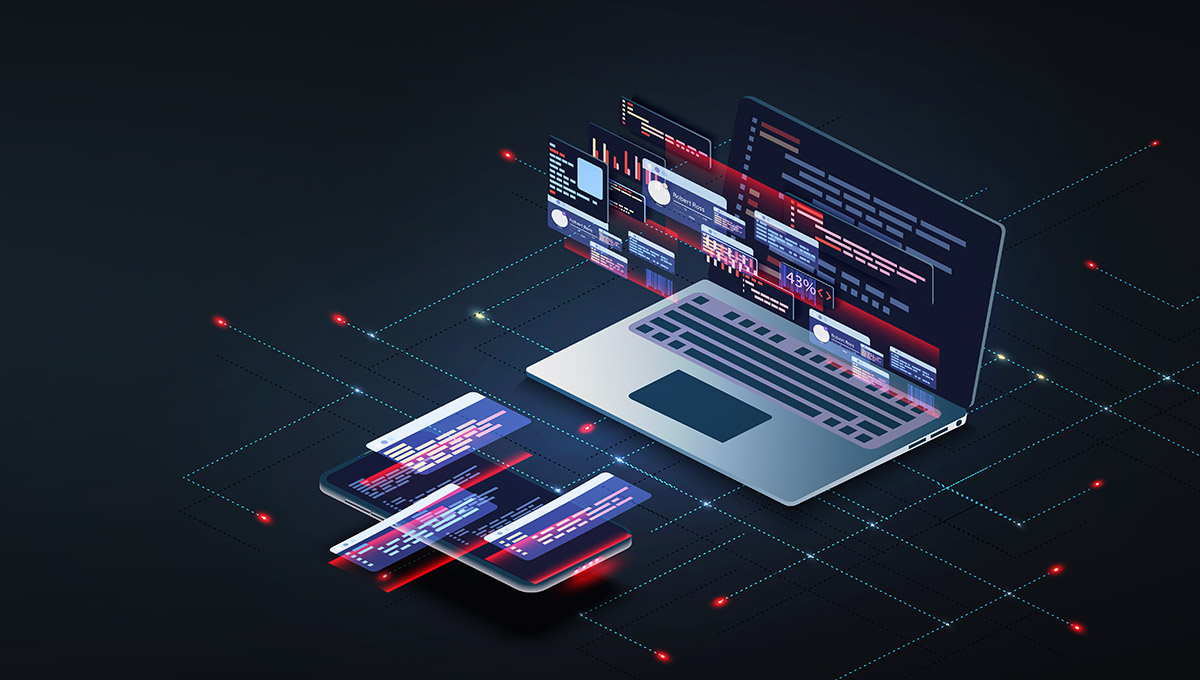How Technology has come to the rescue of the Fashion and Retail during these difficult and complicated times, as Sajai’s address to the members of the IBA Technology Law Committee
Dear Friends,
A development I want to share is about a highly successful conference on Digitising of International Commerce, organised by the IBA International Commerce and Distribution Committee and supported by our Technology Law Committee. I presented on a pertinent topic – Fashion and Retail from Difficult to even more Complicated Times: Industry Challenges Ahead.
Covid-19 brought to industry all over the world not just an unprecedented health crisis but also economic shock. It is therefore baffling that the apparel, fashion, and luxury (AF&L) industry, which numbers among the world’s leading industries, generating an estimated $1.5 trillion annually, continues to operate in much the same way as it has over the past two decades. Behaviours, preferences, and shifts in mindset that customers have adopted during the pandemic will inevitably lead to permanent changes, including bifurcated spending, accelerated adoption of e-commerce, and increased demand for purpose-driven brands and sustainable fashion.
Those AF&L companies that are earlier adopters of digital know-how appear to be better equipped than others. Let’s consider a select few of the discussion highlights on industry changes and how technology has come to the rescue or, rather, become the game changer.
- Clienteling 2.0. A new term I learnt! It spotlights the new customer and expectations that come with him/her. A belief that the pandemic would lead to a recession triggered anxiety in respect of personal finances, resulting in lesser spend on fashion. A natural fallout has been a shift in focus to value, sustainability, the environment, the preferred choice being spending on health and wellness and essentials such as casual apparel, skin care, and home products. Growth areas include personalisation of the shopping experience, one-on-one engagement with customers across multiple channels, and the digital experience. Today, customers do not tolerate sub-par digital shopping experiences. The AF&L industry therefore needs to be mobile-responsive (greatest growth in e-commerce has been in m-commerce), offer integrated services such as ‘buy online pick up in store’ (BOPIS), and deliver a consistent, reliable digital experience across devices and channels. It is noteworthy that the industry is adopting technology in a big way – for real-time inventory management, predictive analytics, AI-powered search, and personalisation and co-creation functions. Social commerce is key, enabling companies to sell through social media channels via social interactions, peer support, reviews, recommendations, multimedia content, personalisation, gamification, and such like.
- Adopting the bionic model. The AF&L industry is leaning towards adopting a bionic operating model – one that seamlessly integrates the capabilities of people and technology – to make it more agile and effective.
- In-Store experience. Once the in-store experience is extraordinary, and more elevated, for those who visit in person, there will be no compulsion to justify the exposure of customers to health risks and the need to overcome the inertia of the sedentary behaviour typical through the lockdown. The example of how Cinepolis re-emerged when Netflix and other home movie-viewing options threatened the movie theatre industry was cited.
- Product development digitisation. Tools like 3-D product design, virtual sampling, digital material libraries, and AI-supported planning have helped the AL&F industry during the crisis. Designers and merchandisers have been able to react faster to market trends, significantly reducing both sample costs and time-to-market and collaborating remotely across teams.
- Blockchain. Leaving aside crypto assets, blockchain has proved to be a great tool for transparency, traceability, and efficiency in the supply chain for the AF&L industry. It enables carriers, banks, intermediaries, and suppliers to connect and exchange information, documents, and data directly and securely. This record-keeping technology works on ‘blocks’ made up of digital pieces of data that store information about transactions. Each block stores information that distinguishes it from other blocks, using a unique code called ‘hash.’
- New fabrics. Customer demand on sustainability has led designers to consider novel fabrics, such as lab-grown leather (without harming animals), super-strong spider silk, printed objects that change colours (often using ‘photochromic inks’), and the use of conductive threads for weaving touch-responsive fabrics.
- Digital talent. Today, the recruitment and reskilling profile of the AF&L industry has changed, with a focus on hiring and cultivating talent with analytics and digital skills, for instance, data scientists, data analysts, digital-marketing specialists, data engineers, user-experience and user-interface designers, and software and data architects.
- Data. Players with the most usable granular data are in the forefront.
- Artificial intelligence (AI). AI and advanced analytics serve not only to enhance the customer shopping experience, but also help the industry in analysing data, forecasting trends, supply chain management, and real-time tracking of inventory. With usable data, AI provides the AF&L industry with a significant competitive advantage.
- VR. Virtual and augmented reality combine the physical and online worlds of retail, allowing customers to virtually try on clothes, thereby ensuring certain satisfaction, and engaging and retaining clientele for longer.
- IoT. This network of physical objects (things), which are embedded with sensors, software, and other technology, allowing exchange and connection of data over the internet, has stirred great interest in the AF&L industry. The view that fashion tends to reflect the real lives of customers leads to the corollary: why not smart clothing, wearable spaces, multi-functional designs, and responsive sportswear? In addition to pushing the boundaries on what wearability means, IoT enables data sharing, inventory management, security, and increased efficiency and productivity.
- 3D Printing. 3D printers create less waste (about 35% less) and are far less labour-intensive than other types of manufacturing. They do, of course, take considerable time in creating a product! Digital knitting is becoming popular in the 3D printing world.
- RFID. An example of digital and analytics is the radio-frequency identification (RFID), used by the industry to track products more precisely and reduce in-store merchandising manipulation.
Warm Regards,
Sajai Singh
Chair, IBA Technology Law Committee
([email protected])












Sajai's broad-based practice focuses on Mergers, Acquisitions, Joint Ventures, strategic alliances, restructurings and financings (whether debt or equity), with particular emphasis on cross- border transactions.